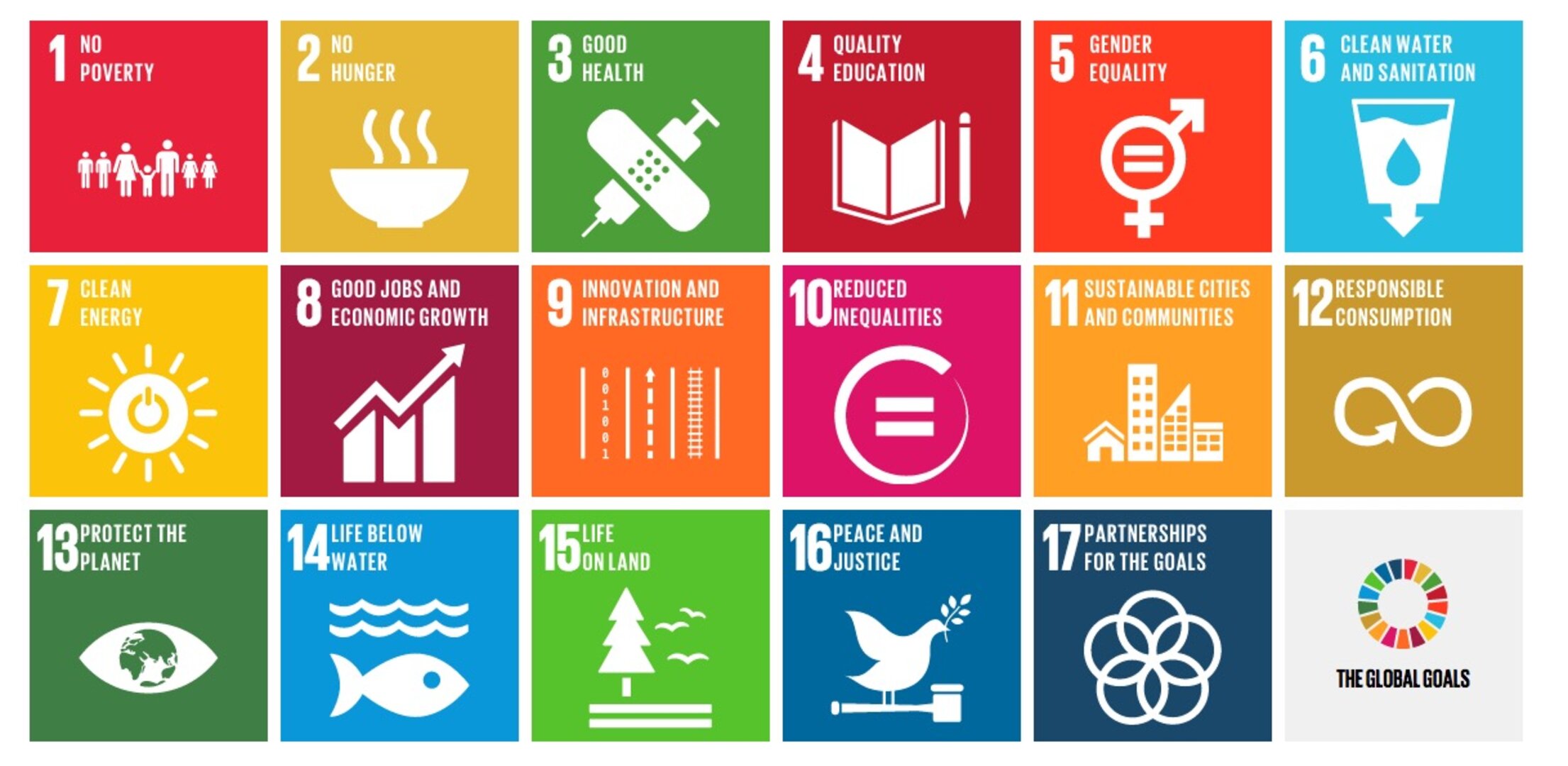
Pricing of carbon credits is driven by five factors
Understanding CO2 credit pricing
In the past, pricing in the voluntary carbon market (VCM) has been relatively volatile and lacking in transparency. This is mainly due to the historical nature of transactions (buyer had to do a lot of research, contact project developers and negotiate pricing bilaterally). Although price points are more accessible today, it remains a challenge to ensure full transparency and to determine the specific price for a given project.
There are several factors that can influence the price of carbon offset credits on the voluntary market:
- Type of project: Different types of carbon offset projects have different costs associated with them. For example, direct air capture and storage projects may be more costly to implement than reforestation projects, and therefore may have higher carbon offset prices.
- Location: Carbon offset projects in some locations may be more expensive due to factors such as higher labor or material costs. For example, a renewable energy project in a developing country may have lower costs than a similar project in a developed country. Local supply and demand of credits can also impact the price, i.e., if the demand outweighs the supply in a given country, prices will increase significantly. Note that there is no environmental requirement to link the location of carbon offset projects to the location of CO2 emissions.
- Verification and certification: Carbon offset projects that have been independently verified and certified by organizations such as Gold Standard (website) may have higher prices due to the additional cost of verification (more on certification standards) and reputational standing of a given standard.
- Vintage: Credits originating from older projects tend to be less expensive than credits from more recent vintages. This is mainly influenced by market demand focusing on current vintages.
- Co-benefits: There are 17 categories under the UN Sustainable Development Goals (website) scheme which are tracked in combination with the CO2 avoidance/removal of a project. The price of projects with meaningful co-benefits can be higher than projects without benefits.
It is important to look at all factors in combination before deciding on a specific project and credit.
Reach out to us if you would like to discuss pricing or other related topics in detail.


